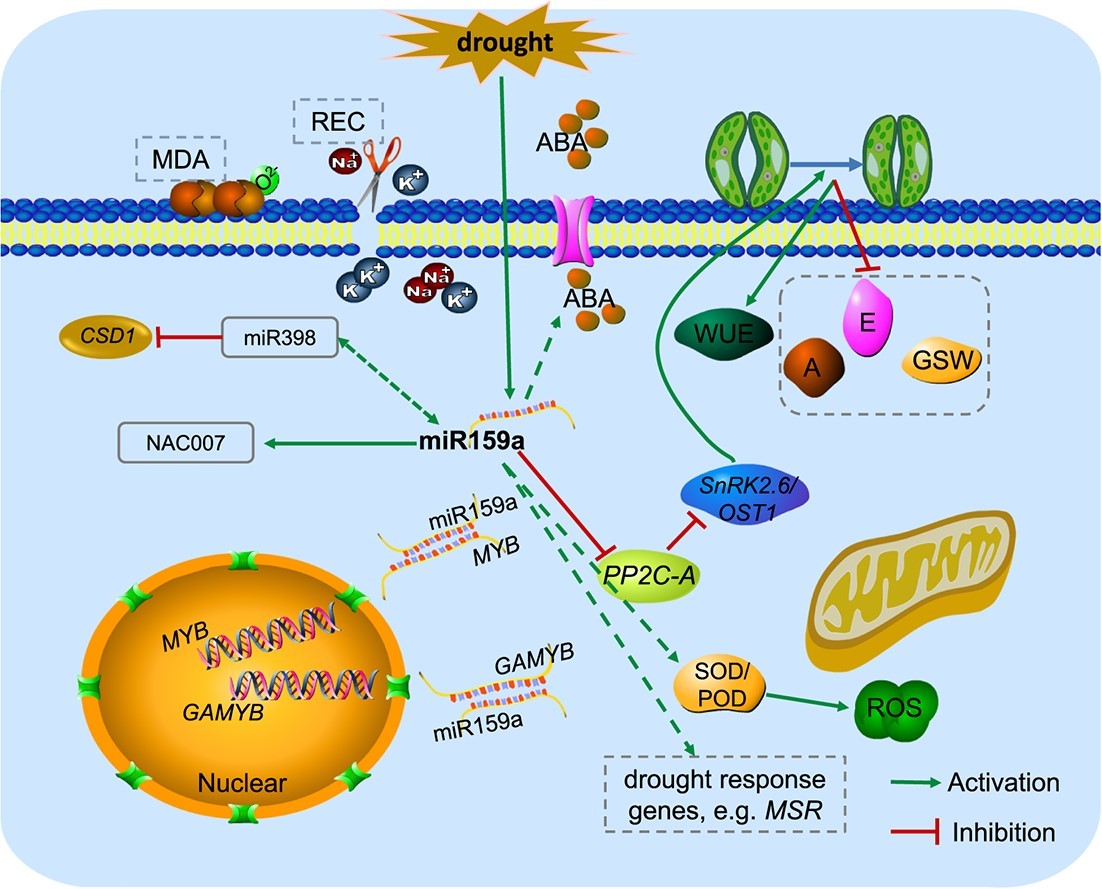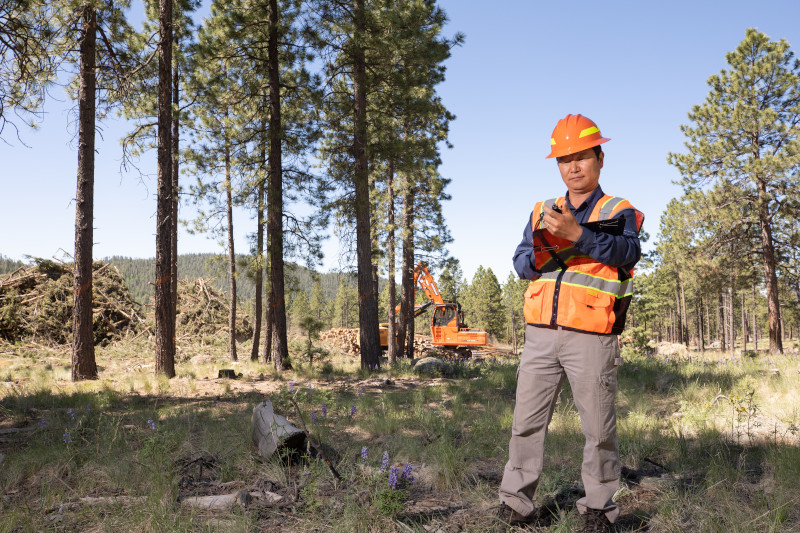In a significant advancement for plant biology, researchers have discovered that manipulating miR159a, a key microRNA, enhances drought tolerance in poplar trees. By boosting water-use efficiency and minimizing stomatal opening, this study could revolutionize forestry management in arid regions, offering new strategies for breeding drought-resistant trees to tackle water scarcity challenges.

